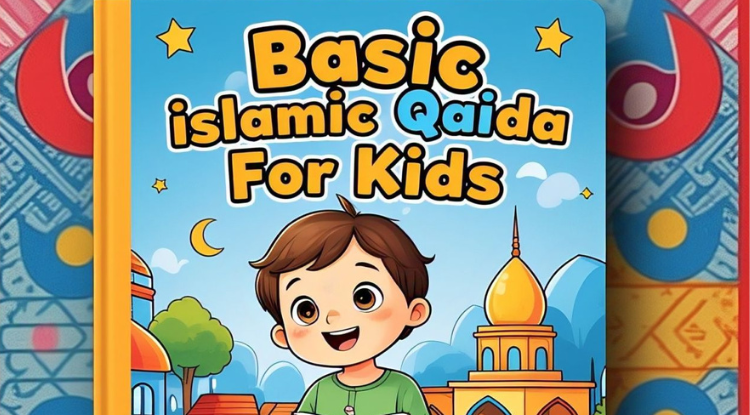Islamic Courses
Explore our Islamic courses, including Basic Qaida, Quran Memorization, Namaz & Kalmas, Islamic Basics, and Tafseer.


The Basic Qaida serves as the first step in a child’s journey toward Quranic recitation. It introduces young learners to the Arabic alphabet, correct pronunciation, and the fundamental rules of Tajweed. Mastering the Qaida ensures that children develop the necessary skills to read the Quran fluently and accurately.
The Basic Qaida, often referred to as Noorani Qaida, is a beginner’s guide that helps children recognize Arabic letters and their phonetic sounds. It provides a structured learning approach that gradually introduces letter combinations, word formation, and essential pronunciation rules.
Introduce letters one at a time, ensuring proper identification and pronunciation. Use flashcards, posters, or digital learning tools to reinforce learning.
Correct pronunciation is crucial in Quranic recitation. Engage children in listening and repeating exercises to refine their articulation.
Once children recognize individual letters, help them understand how letters combine to form words. Gradually introduce simple words before moving to more complex sentences.
Begin with simple rules such as elongation (Madd) and stopping signs (Waqf). Reinforce these concepts through practice and repetition.
The Basic Qaida is an essential stepping stone in a child’s Quranic education. By providing a solid foundation in Arabic reading and Tajweed, it paves the way for fluent and accurate Quranic recitation. With a structured approach, engaging teaching methods, and consistent practice, children can embark on a fulfilling journey of learning the Quran with confidence and devotion.
Would you like any additional details or modifications?